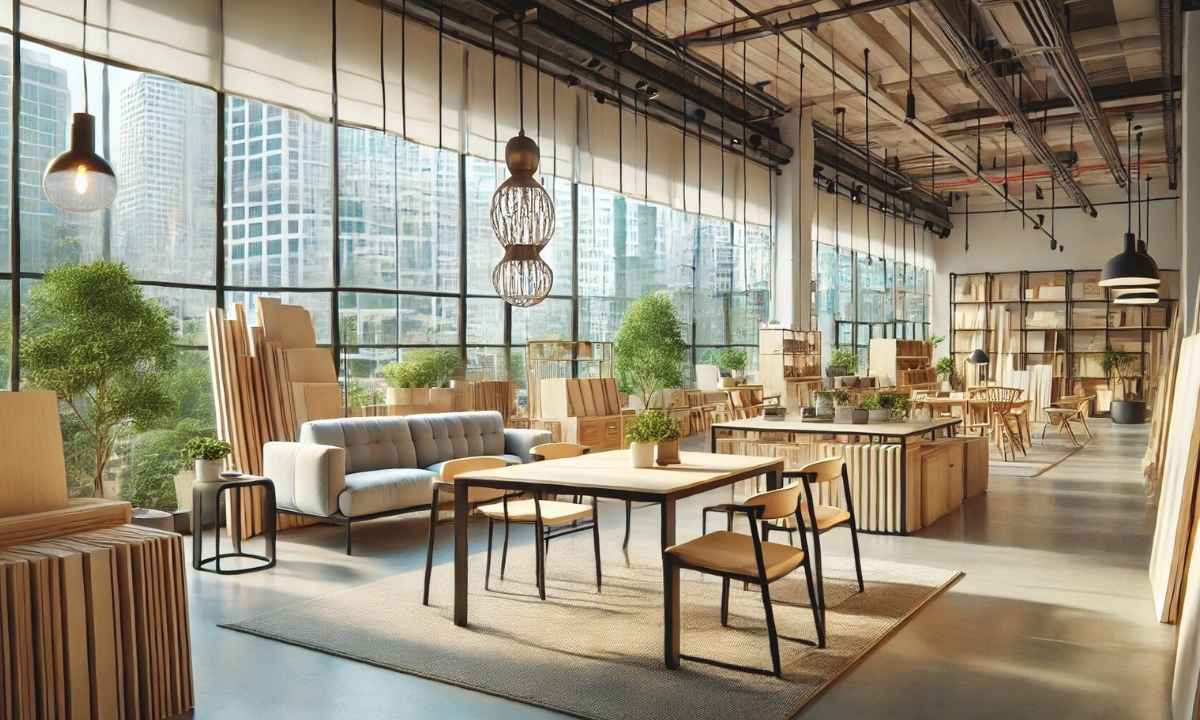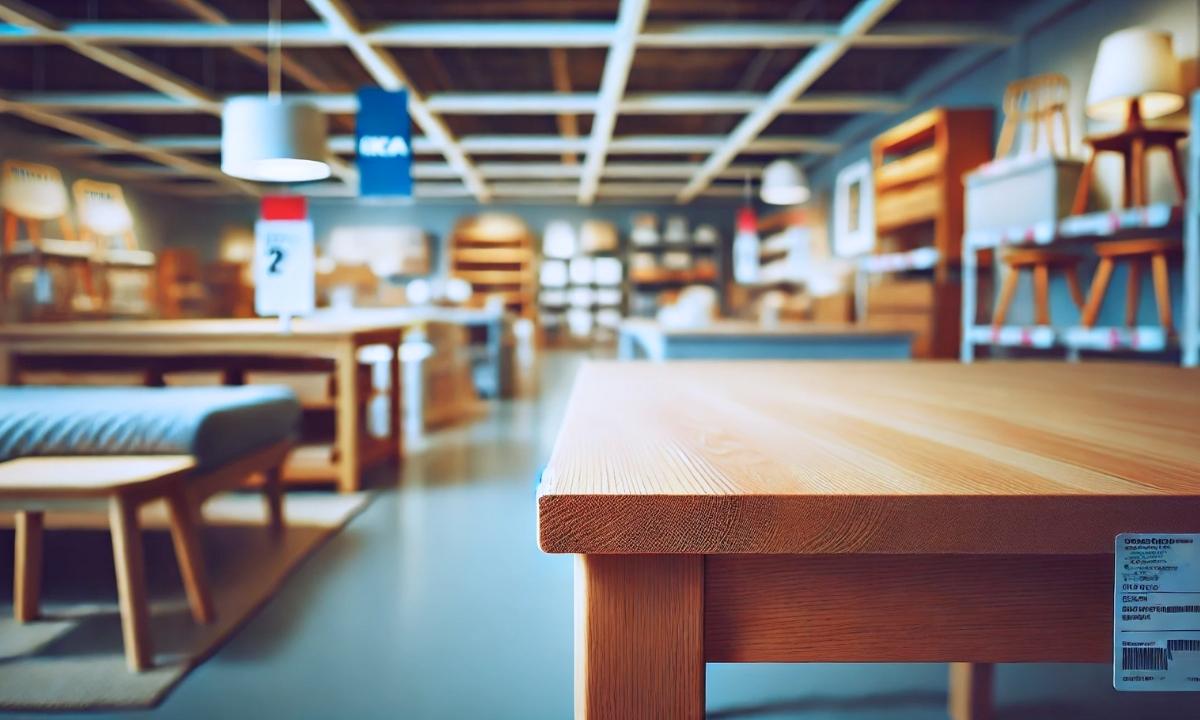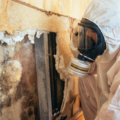
Creating a healthy home environment is paramount in Singapore, where compact living spaces are the norm. One often overlooked aspect of indoor air quality is the abundant presence of formaldehyde in our daily lives.
While formaldehyde serves practical purposes in manufacturing, it can pose significant health risks when released into our air. Exposure to high levels of formaldehyde can cause eye, nose, and throat irritation, and in some cases, it has been linked to more severe health issues. Minimizing exposure to formaldehyde is especially crucial for Singaporeans, who often spend considerable time indoors due to the tropical climate and urban lifestyle.
As savvy consumers, Singaporean shoppers have the power to make informed choices that can significantly impact their home’s air quality. By understanding how to select furniture and products with low formaldehyde emissions, you can create a healthier living space for yourself and your family. This post will provide you with the knowledge and tools to navigate the market and make choices that prioritize your well-being without compromising on style or functionality.
Understanding Formaldehyde Emissions
Formaldehyde is a colorless, strong-smelling gas used to manufacture building materials and household products. It is found in various items such as pressed-wood products (particleboard, plywood, fiberboard), glues and adhesives, permanent-press fabrics, paper product coatings, and certain insulation materials.
Sources of Formaldehyde in Furniture and Household Products
- Pressed-wood products are often made using adhesives that contain urea-formaldehyde (UF) resins. Furniture made from particleboard, medium-density fiberboard (MDF), and plywood usually emits higher levels of formaldehyde.
- Textiles and Fabrics: Certain fabrics, especially those labeled as wrinkle-free or permanent-press, may have been treated with formaldehyde to maintain their shape.
- Paints and Coatings: Some paints, varnishes, and finishes may contain formaldehyde as a preservative.
- Insulation: Certain types of foam insulation can release formaldehyde gases over time.
Impact of Formaldehyde Emissions on Indoor Air Quality
- Health Risks: Prolonged exposure to formaldehyde can cause respiratory issues and skin irritation and has been classified as a human carcinogen by the International Agency for Research on Cancer (IARC). Symptoms of exposure include watery eyes, burning sensations in the eyes and throat, coughing, wheezing, nausea, and skin rashes.
- Indoor Air Quality: Formaldehyde emissions can accumulate in a tightly sealed indoor environment, leading to poor air quality. This is particularly concerning in humid climates like Singapore, where higher temperatures can increase the rate of formaldehyde release.
Singaporean Regulations and Standards
Overview of Singapore’s Regulations on Formaldehyde Emissions
- The Singapore Green Building Council (SGBC) provides certifications for low-emission products as part of its Green Label Scheme.
- Importantly, guidelines exist for formaldehyde emissions in wood-based products, aligning with international best practices to ensure consumer safety.
Global Standards and Certifications
CARB (California Air Resources Board) Compliance
Products compliant with CARB standards have low formaldehyde emissions, especially in wood products. Look for CARB Phase 2 compliance labels.
GREENGUARD Certification
This certification ensures that products have low chemical emissions, contributing to healthier indoor air quality. GREENGUARD Gold Certification offers even stricter criteria for products used in sensitive environments like schools and healthcare facilities.
E1 Standard (European Formaldehyde Standard)
Products meeting this standard have a low formaldehyde emission rate, making them safer for indoor use.
Impact of Regulations on Product Availability
These standards and certifications have made low-formaldehyde products more widely available in Singapore. Many international brands adhere to these regulations, providing consumers with safer options.
Identifying Low-Formaldehyde Furniture and Products
Key Labels and Certifications
GREENGUARD and GREENGUARD Gold
Look for these labels when purchasing furniture, flooring, or other household items. These certifications indicate that the products have been tested and meet stringent low-emission standards.
E1 Label
Products with this label comply with the European standard for low formaldehyde emissions, making them safer for indoor use.
FSC (Forest Stewardship Council)
While primarily a certification for sustainable wood products, FSC-certified products also tend to use adhesives and finishes with lower formaldehyde content.
Reading and Understanding Product Labels
- Look for specific mention of “low formaldehyde” or “no added formaldehyde” on product labels.
- Be wary of vague claims like “environmentally friendly” or “green” without any backing certification.
- If in doubt, ask the retailer for more information on the product’s formaldehyde emissions.
Recommended Materials
Solid Wood: Unlike composite wood products, solid wood does not require adhesives that emit formaldehyde. Choose untreated or low-VOC (volatile organic compounds) finished wood.
Metal and Glass: These materials are naturally free from formaldehyde, making them excellent furniture and home decor choices.
Natural Fabrics: Choose untreated cotton, wool, linen, or other natural fibers not treated with formaldehyde-based chemicals.
Shopping Tips for Singaporean Consumers

Where to Shop
Eco-Friendly Stores
In Singapore, several stores specialize in eco-friendly and low-emission products. Look for stores that prominently feature certified products or have a reputation for sustainability.
Brands to Watch
Some brands are known for their commitment to low-emission products. Research and create a list of these brands before heading out shopping.
Checking Product Reviews and Consumer Reports:
Before purchasing, look up reviews and consumer reports to see if other buyers have commented on the product’s safety, including any mention of chemical odors or impacts on indoor air quality.
Websites like Consumer Reports or forums focused on healthy living can be valuable resources for identifying low-formaldehyde products.
Maintaining Low Formaldehyde Levels at Home
Reducing Formaldehyde Emissions from Existing Furniture
Ventilation: Ensure your home is well-ventilated by regularly opening windows to allow fresh air. This helps disperse formaldehyde gases that might accumulate indoors.
Air Purifiers: To reduce formaldehyde levels in the air, use air purifiers equipped with carbon filters. These filters can absorb and neutralize formaldehyde particles.
Sealants: To reduce emissions, consider using formaldehyde sealants on existing wood furniture or floors. These sealants act as a barrier, trapping the formaldehyde inside the product.
Spotting and Addressing Formaldehyde Sources
Identify Potential Sources
Check your home for older furniture, cabinetry, or insulation releasing formaldehyde. Older items, especially those made before stricter regulations, are likely sources.
Replace High-Emission Items
Replace high-formaldehyde-emission items with certified low-emission alternatives.
The Role of Indoor Plants
- Air-Purifying Plants: Some indoor plants, such as spider plants, aloe vera, and peace lilies, are known to absorb formaldehyde and other toxins from the air, helping to improve indoor air quality naturally.
- Strategic Placement: To maximize their air-cleaning effects, place these plants in rooms where you suspect higher formaldehyde emissions, such as near new furniture or carpeting.
Make Healthier Choices with Low-Formaldehyde Furniture
In conclusion, formaldehyde exposure in the home is a critical issue that deserves the attention of all Singaporean shoppers. You can significantly improve your living space’s air quality and overall health by making informed choices and selecting furniture and household products with low formaldehyde emissions. Reducing exposure to this potentially harmful chemical benefits your family’s well-being and contributes to a more sustainable and eco-friendly lifestyle.
As you navigate Singapore’s furniture and home goods markets, it is essential to prioritize formaldehyde emissions as a critical factor in your purchasing decisions. You can find stylish and functional items that align with your health and environmental concerns with some extra diligence.
Creating a healthier home environment in Singapore starts with conscientious consumer choices. By incorporating low-formaldehyde products into your living spaces, you proactively safeguard your family’s well-being and contribute to a more sustainable future. Remember, your purchasing power can potentially drive positive change, not just for your household but for the wider community as well.
Take proactive steps to improve indoor air quality by choosing low-formaldehyde furniture and reducing harmful emissions in your home. For comprehensive formaldehyde removal services in Singapore, trust Big Red. Our experts provide effective solutions to ensure a safe and healthy living environment. Call us at 6241 9443 or send a WhatsApp message to +65 9321 9321 and let Big Red Singapore help you create a cleaner, healthier home.




